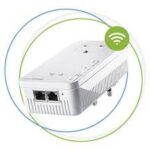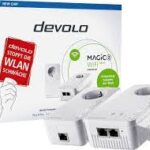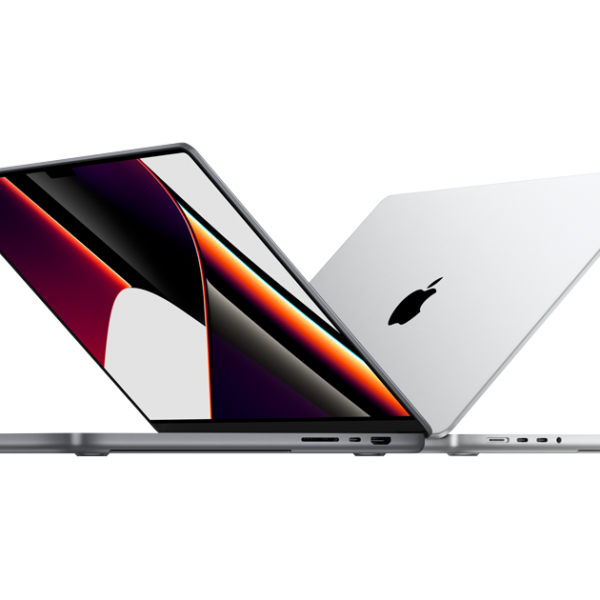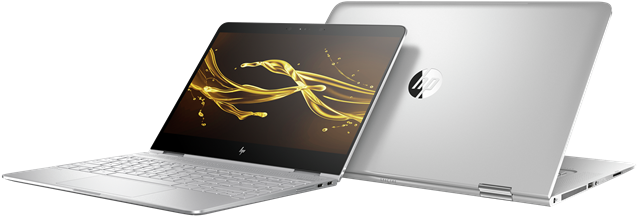The Devolo Magic 2 WiFi is the company’s latest series of adapters that allow you to use your home’s power line to transmit data. These devices are particularly useful in large buildings with thick walls, where Wi-Fi might be difficult to reach.
By using a power line network, you get the stability of wired networking without having to trail network cables throughout your home. Even though power lines used to be unable to match the speeds of Ethernet cables, improvements to the HomePlug power line standard – which transmits network data over power lines – have gradually boosted the speeds to be more comparable to wired networking and faster than Wi-Fi.
Devolo’s Magic 2 kit replaces its outdated HomePlug standard, which is why it has released a Magic 2 kit. It uses a new standard, Ghn, which promises much faster performance. Devolo claims Magic 2 can achieve theoretical speeds of up to 2,400Mbps, much faster than its last-generation Devolo dLAN 1200+, which was limited to 1,200Mbps.
This is a maximum theoretical speed you are unlikely to experience, but you should enjoy a faster and more reliable connection than Wi-Fi, especially in larger properties.
There is, however, a high asking price for the Devolo Magic 2 WiFi kit. The Magic 2 WiFi Network Kit, which has three units, is £269.99 (about $340, AU$490), which is quite a bit more expensive than the Devolo dLAN 1200 triple+ Starter Kit, which is £120 (around $170, AU$200).
As a result, it’s more in line with mesh Wi-Fi systems like Netgear Orbi, which are wireless routers that come with a number of units for extending your Wi-Fi network. In fact, Devolo Magic 2 WiFi supports mesh Wi-Fi, enabling you to create one large Wi-Fi network throughout your house.
Additionally, you can purchase the Devolo Magic 2 WiFi Starter Kit, which comes with two units for £169.99 (around $200, AU$300), or a single unit (which can be used to extend existing setups) for £109.99 (around $140, AU$200).
There are also units without Wi-Fi offered by Devolo, known as Magic 2 LAN, which start at £69.99 (around $90, AU$130).
Table of Contents
Devolo Magic 2 WiFi: Design
Devolo Magic 2 WiFi’s technology is revolutionary, but its exterior design resembles its previous power line adaptors almost exactly.
As it stands, there isn’t much to improve, so you get that same rectangular piece of white plastic with a passthrough power socket so you don’t lose one. In addition to providing better performance and reliability, the passthrough also prevents interference in the power lines.
With the Starter and Network kits, you get one unit with a single Gigabit LAN port, and then either one or two additional units with two Gigabit LAN ports. Those with a single LAN port connect directly to your router, while those with multiple LAN ports are used around the house to bring wired networking to your devices.
Even though most devices are Wi-Fi enabled, if you have a number of devices you want to connect via Ethernet, two ports may seem inadequate, although a network switch can be used to increase the number (as we did in our test).
The LAN ports are all located at the top of the unit, making accessing them easy.
There are also two LED lights on each unit, one for connecting to Wi-Fi and the other for connecting to the Magic 2 network. Devolo Cockpit software (used for managing previous Devolo power line adapters) can be used to turn off these LEDs depending on the state of the Wi-Fi and Magic 2 networks.
Devolo Magic 2 WiFi: Installation and performance
Despite being a little fiddly, to begin with, the Devolo Magic 2 WiFi was straightforward to install. Since the Devolo Magic 2 WiFi uses new technology, it isn’t backward-compatible with previous Devolo units, so every unit will need to be replaced with the Magic 2, which may prove expensive.
It is possible to run two different power line adapter networks within the same building, but it is not recommended as it will negatively impact both networks’ speeds.
Install the first unit and connect it to the router, then install new units throughout the house, then press the connection button on the new unit, then within three minutes press the connection button on the initial unit to create a secure connection.
Especially when adding additional units, this needs to be done correctly in order to avoid confusion in the network. Our first attempts were not very successful – and the manual included was not much help.
The network worked well after it had been set up, with our wired devices connecting to the internet without any problems. Using the Devolo Cockpit software (which we had been using with the Devolo dLAN 1200+), we could monitor data transfer rates and adjust the settings for each of the new Devolo Magic 2 WiFi units.
The Devolo Magic 2 WiFi (except the one with the single LAN port, which connects to your router) also has a built-in WiFi extender, so we were able to configure the WiFi network there as well. The name of the Wi-Fi network can be changed, passwords can be set, and a guest network can be enabled. Devolo Magic 2 WiFi works as a mesh router, which means each unit broadcasts the same Wi-Fi network, so you don’t have to switch networks as you move from one room to another.
Compared to other mesh router systems, the Devolo Magic 2 WiFi works more efficiently. An existing Wi-Fi network is typically amplified by these devices, which is fine unless the original Wi-Fi network struggles to cover the entire building. The Devolo Magic 2 WiFi system connects through the power lines and broadcasts the network as a WiFi network, so obstacles, such as walls, shouldn’t pose a problem.
It’s important to note, however, that the distance between Devolo Magic 2 WiFi units can affect network speeds.
What are your thoughts on the Devolo Magic 2 WiFi? We saw a marked improvement in performance, going from the last-generation Devolo dLAN 1200+ network. Our previous setup saw data transfer rates for large files between a PC on one floor and a NAS drive on a different floor hovering around 15MB/s. By using Devolo Magic 2 WiFi, we effectively doubled these speeds, with transfer rates reaching around 35MB/s. We transferred a folder with nine gigabytes of files in just two minutes.
Despite the improvement in performance, it is still less than the advertised speeds, although as we mentioned earlier there are several factors that can affect the speed you get, including the distance between units and the hard drive speeds of each connected device.
During this time, the Devolo Cockpit software displayed speeds of around 1,400MB/s between two of the units.
Devolo Magic 2 WiFi kit gets much faster and more reliable, connections than direct Ethernet connections. Our gaming PC streamed games in 4K with 5.1 surround sound to an Nvidia Shield TV on another floor, something that is not possible with Wi-Fi.
The Devolo Magic 2 WiFi’s speed won’t cause any bottlenecks either for most broadband connections. Our overall impression was positive.
Pros and Cons
| For | Against |
| Great design | Pricey |
| Integrated power socket | Not backwards-compatible |
| Mesh WiFi | Poor Documentation |
| Fast data speeds | Two LAN ports only |
Verdict
The Devolo Magic 2 WiFi is easily the best power line adaptor kit we’ve tested, and the G.hn standard makes network speeds noticeably faster. With Devolo Magic 2 WiFi as the basis for the new standard, the future certainly looks bright.
Due to the new technology, it is not backward-compatible, which means you will have to replace every existing power line adapter, which could be expensive. Even though speeds are very good, they still don’t compare to cable Ethernet networks. There is also some confusion in the documentation.
Although installation is easier and more convenient than trailing Ethernet cable throughout your home, most people will find that the speeds on offer are adequate. We are very pleased with the Devolo Magic 2 WiFi kit.







